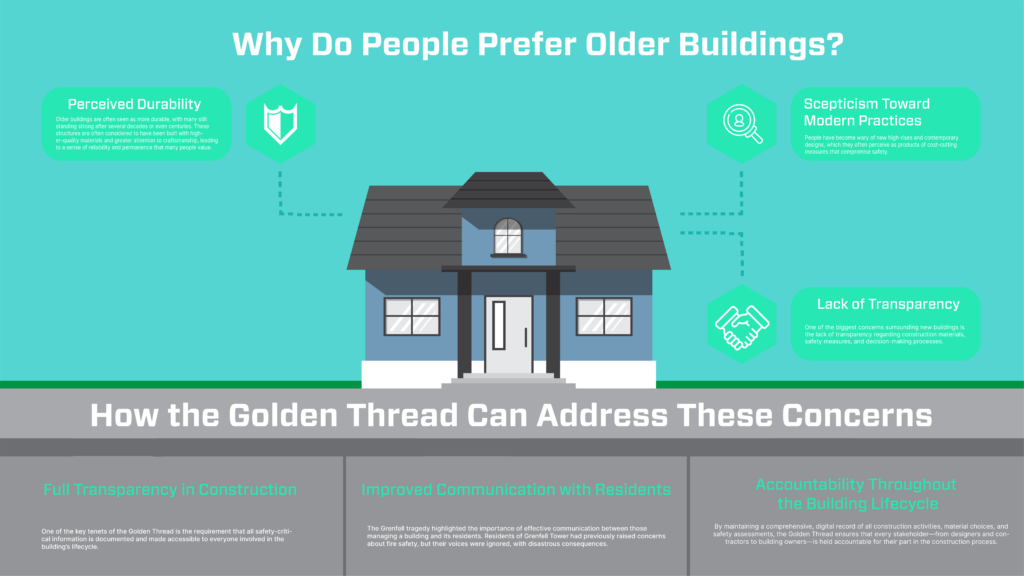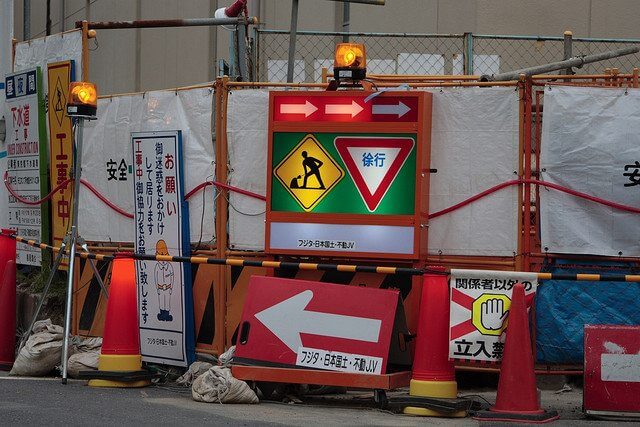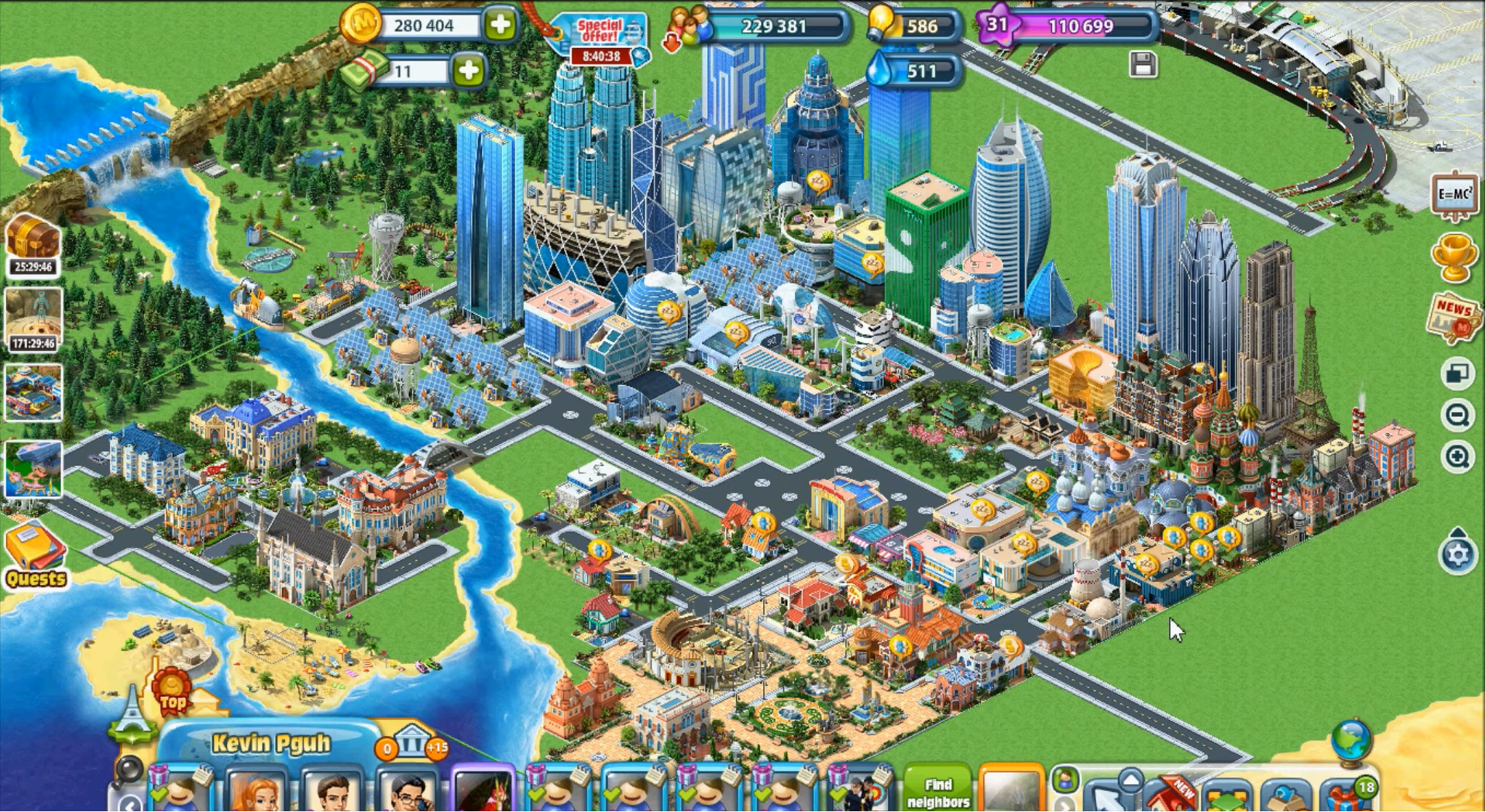Following the Grenfell Tower tragedy, public trust in modern building has been severely eroded. Many inhabitants have become wary of new structures, particularly high-rises, because they are perceived to be hazardous, poorly constructed, or the result of cost-cutting compromises. This image has resulted in a preference for older buildings, which are regarded as more durable and dependable. However, the Golden Thread provides an opportunity to re-establish trust in modern construction by ensuring openness, accountability, and a strong emphasis on safety throughout a building’s existence.
In this blog article, we’ll look at why people prefer older structures, what’s driving their suspicion of modern architecture, and how the Golden Thread framework might help restore public trust. We’ll also look at how the Golden Thread is changing the way construction companies handle safety and communication, ultimately setting a higher bar for modern buildings.
Download our guide: Building Safety Act Guide for Contractors & Building Owners
Why Do People Prefer Older Buildings?
Older buildings are preferred for a variety of reasons, including nostalgia, impressions of craftsmanship, and a lack of trust in modern construction standards. Let’s look at some of the key reasons why people choose older residences over newer ones:
1. Perceived Durability: Older structures are frequently thought to be more robust, with many remaining standing after decades or even centuries. These constructions are frequently thought to have been constructed with higher-quality materials and more attention to craftsmanship, resulting in a sense of dependability and permanence that many people cherish.
2. Scepticism of Modern Practices: The Grenfell disaster showed fundamental flaws in the way modern buildings are built and administered. People have grown apprehensive of new high-rises and contemporary designs, which they frequently regard as the result of cost-cutting techniques that jeopardise safety. This mistrust stems from the idea that the need for efficiency and profit has trumped the commitment to quality and occupant safety.
3. Lack of Transparency: One of the most common worries about new buildings is a lack of transparency regarding construction materials, safety precautions, and decision-making procedures. Unlike older structures, whose lifetime speaks to their quality, the safety and reliability of new constructions are more difficult to verify, especially when information is not readily available to occupants.

How the Golden Thread Can Address These Concerns
The Golden Thread is a direct reaction to today’s issues in the construction sector. It provides a solution to the concerns that have led people to prefer older buildings over new ones by ensuring openness, accountability, and a consistent focus on safety from the start of a project and throughout its existence.
1. Full Transparency in Construction
The Golden Thread requires that all safety-critical information be documented and made available to everyone involved in the building’s lifecycle. This comprises contractors, building managers, tenants, and regulators. By making this information easily available, the Golden Thread contributes to public confidence by giving a clear, traceable record of every decision, material, and safety inspection.
For residents, transparency is critical. It teaches children how their building was built, what materials were utilised, and what safety precautions are in place. This level of detail reassures tenants that their safety was a top priority throughout the construction process.
Watch our webinar: The golden thread explained: tools and strategies for seamless compliance
2. Improved Communication with Residents
The Grenfell Tower catastrophe underscored the necessity of efficient communication between building managers and residents. Residents of Grenfell Tower had previously expressed concerns about fire safety, but their voices were ignored, resulting in terrible repercussions. The Golden Thread alters this dynamic by ensuring that inhabitants have access to critical safety information and are kept informed about ongoing maintenance, safety checks, and any problems.
By keeping residents informed, the Golden Thread promotes trust and engagement. Residents are no longer kept in the dark regarding the safety of their dwellings; instead, they have become informed stakeholders capable of holding building owners and managers accountable.
3. Accountability Throughout the Building Lifecycle
Another important aspect of the Golden Thread is accountability. The Golden Thread provides accountability for every stakeholder in the construction process by keeping a comprehensive, digital record of all construction activities, material choices, and safety evaluations.
This accountability is critical in combating the misconception that modern construction prioritises cost savings over safety. With the Golden Thread, every choice is documented, and any compromises that could jeopardise safety are plainly obvious. This means that construction businesses must prioritise the safety of building inhabitants or face liability for any failings.

Setting a New Standard for Modern Construction
The Golden Thread is about more than simply rebuilding trust in the wake of Grenfell—it’s about defining a new norm for the whole construction sector. By embracing the concepts of openness, accountability, and resident engagement, construction companies can demonstrate their commitment to producing buildings that are safe, well-built, and planned with the end user in mind.
1. Proactive Safety Measures: Unlike the reactive attitude that has historically typified much of the construction sector, the Golden Thread encourages a proactive commitment to safety. By requiring periodic safety inspections and upgrades throughout the building’s existence, the Golden Thread guarantees that risks are recognised and handled before they become major issues.
2. Digital Transformation: The Golden Thread needs the use of modern digital tools to properly capture, store, and distribute information. This digital transformation not only improves data administration, but also allows for real-time updates and easy cooperation among all stakeholders. Residents benefit from a safer living environment in which building information is always up to date and easily accessible.
3. Improved Regulatory Compliance: The Building Safety Act has made the Golden Thread a legal requirement for high-risk buildings, with the goal of ensuring that safety is integrated into all aspects of the development and maintenance processes. Compliance with this law allows construction companies to avoid penalties while also contributing to a safer built environment that benefits everyone involved.
Read Also : Everything You Need to Know About Gateway 3 and Building Safety Act
Read Also : Why the Golden Thread is Crucial for Construction Safety: Learning from Grenfell
Restoring Confidence Through the Golden Thread
The preference for older buildings over newer ones stems from a perceived lack of safety, durability, and transparency in modern construction. The Grenfell Tower catastrophe pushed these concerns to the forefront, emphasising the need for a fundamental shift in how structures are built, managed, and spoken about.
The Golden Thread represents that transformation. By assuring complete transparency, boosting communication with inhabitants, and holding stakeholders accountable throughout the building’s lifecycle, the Golden Thread provides a compelling foundation for regaining public trust in modern architecture. It enables construction organisations to demonstrate their dedication to safety and quality, demonstrating that they are creating not only for the present but also for future generations.
Ultimately, the Golden Thread represents an opportunity to reform the construction industry—to make it more trustworthy, transparent, and, most importantly, safer. For inhabitants, this offers more peace of mind in their own homes. For construction companies, it means establishing a reputation based on quality, integrity, and the true well-being of individuals who live in the spaces they build.




